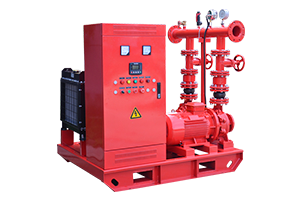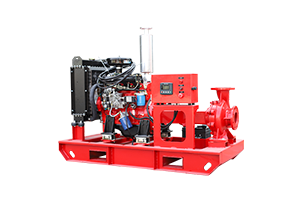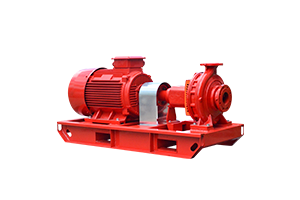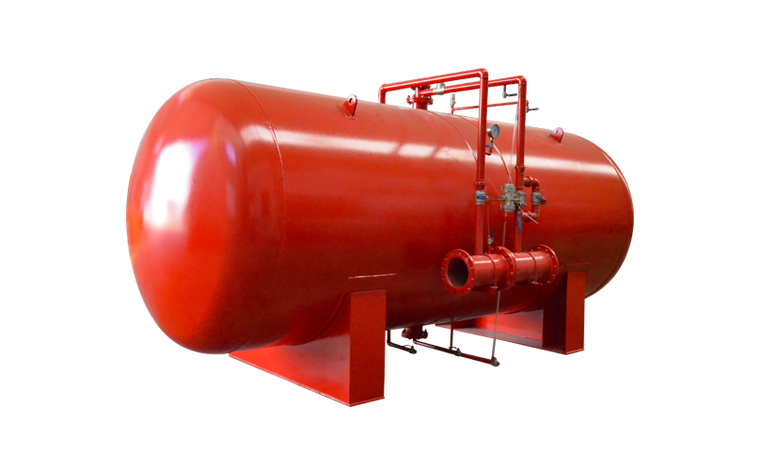How to Design a Fire Pump System for Multi-Story Buildings?
Designing an efficient and reliable fire pump system is crucial for ensuring fire safety in multi-story buildings. In these structures, the fire protection system must be designed to meet specific regulations while providing sufficient water pressure and flow to protect occupants and property. As a fire pump manufacturer, we understand the importance of precision and compliance when it comes to designing fire pump systems for high-rise buildings.

Key Factors in Designing Fire Pump Systems for Multi-Story Buildings
-
Understanding Water Demand
The first step in designing a fire pump system for multi-story buildings is to understand the water demand of the building. This involves determining the necessary flow and pressure requirements for sprinklers, standpipes, and other firefighting equipment. Water demand calculations depend on the building's height, area, and occupancy type. -
Selecting the Right Fire Pump Types
Fire pumps come in various types, including electric pumps, diesel engine pumps, and jockey pumps. For multi-story buildings, it’s essential to choose the right combination of pumps to ensure reliable operation:- Electric Fire Pumps are commonly used for their efficiency and reliability in areas with stable power supply.
- Diesel Engine Fire Pumps are recommended for buildings in regions with unreliable electrical supply, ensuring that fire protection continues even during power outages.
- Jockey Pumps are essential for maintaining system pressure and ensuring that the larger fire pump does not cycle on and off unnecessarily.
-
Pressure Considerations
One of the main challenges in designing a fire pump system for multi-story buildings is ensuring adequate water pressure at higher floors. The system must be designed to maintain sufficient pressure even at the highest points of the building. Pressure reducing valves (PRVs) and variable frequency drives (VFDs) may be used to control water pressure and optimize energy use. -
Flow and Capacity Requirements
High-rise buildings often require significant flow rates to ensure water reaches all areas of the building in the event of a fire. The fire pump system must be designed to meet the flow requirements at various floors and be capable of supplying water to both automatic sprinkler systems and standpipe systems. -
Code Compliance and Safety Standards
Compliance with local and international fire safety standards, such as NFPA 20 (Standard for the Installation of Stationary Pumps for Fire Protection) and UL certification, is critical. These standards provide guidelines on the design, installation, and maintenance of fire pump systems. It is essential that your system design meets or exceeds the required specifications to ensure the safety of building occupants and firefighters. -
Redundancy and Backup Systems
Fire pump systems must be designed with redundancy in mind to ensure that the system remains operational in the event of a failure. This includes having backup power sources, such as diesel generators, and ensuring that multiple pumps are available to meet the required capacity. -
Regular Maintenance and Testing
Even the best-designed fire pump systems need regular maintenance to ensure reliability. Design your system with easy access for maintenance and testing to guarantee optimal performance when it’s needed most.
Conclusion
Designing a fire pump system for multi-story buildings requires careful planning and consideration of water demand, pump selection, pressure requirements, and compliance with safety standards. By working with a reliable fire pump manufacturer like Better Pump, you can ensure that your fire pump system meets the highest standards of safety and efficiency. Always prioritize reliability and redundancy to protect both occupants and property from fire hazards.






